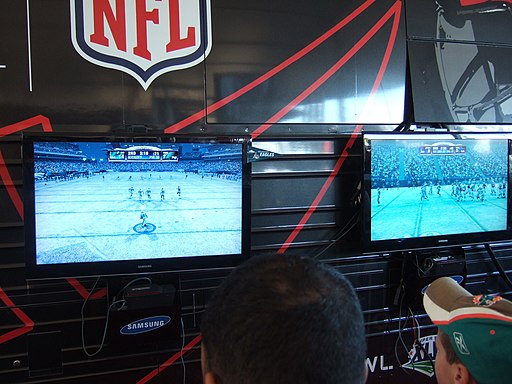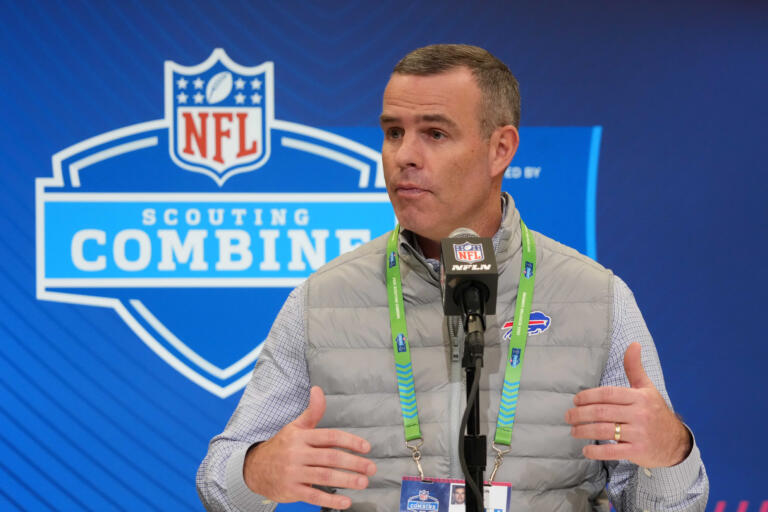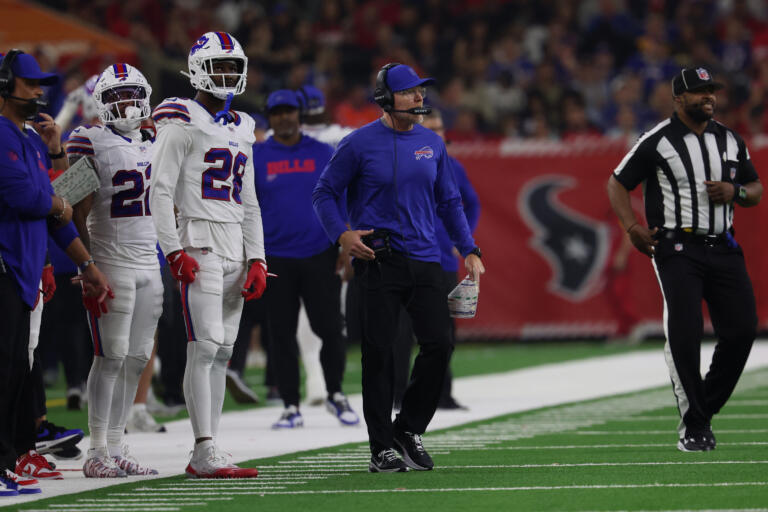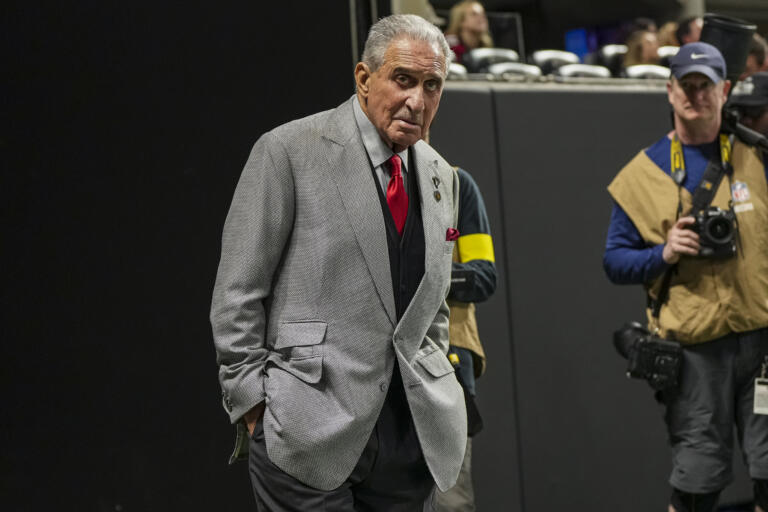Revolutionizing NFL Officiating: The Shift to Computerized First-Down Measurements
The National Football League (NFL) is on the brink of a significant technological shift, testing a computerized method for measuring first-down officiating decisions. This move could mark the end of the traditional chain system, promising to enhance the accuracy and efficiency of one of the game’s most critical rulings. This article explores the implications of integrating such technology into NFL games, from the operational workings of the system to the feedback from teams and owners.
Introduction
The exploration of computerized first-down measurements by the NFL signals a potential revolution in how the game is officiated. This initiative seeks to replace the age-old method of using chains to determine first downs, addressing longstanding debates over the accuracy of such decisions.
The Need for Technological Advancement in Officiating
The limitations of the manual chain system have been a point of contention, with critical game moments often hinging on measurements that leave room for human error. The introduction of a computerized system aims to mitigate these issues, ensuring that first-down decisions are as precise as possible.
How the Computerized System Works
This section delves into the mechanics of the proposed technology, outlining how it differs from and aims to improve upon the traditional chain method. By employing advanced sensors and real-time data analysis, the system seeks to provide an indisputable measure of whether a first down has been achieved.
Testing and Evaluation
The NFL’s testing phase is crucial in determining the viability of this technology for live game scenarios. This process involves rigorous evaluation of the system’s accuracy, reliability, and integration with the current officiating workflow.
Potential Benefits for the NFL
Adopting computerized first-down measurements could significantly impact the game, from reducing the duration of reviews to increasing the transparency of officiating decisions. Such changes have the potential to enhance the overall viewer experience and the game’s integrity.
Concerns and Challenges
Despite its benefits, the transition to a computerized system raises concerns regarding technical reliability and acceptance within the NFL community. Addressing these challenges will be essential for successful implementation.
Feedback from Teams and Owners
The decision to integrate this technology league-wide will heavily depend on the feedback from NFL teams and their owners. Their support or reservations will play a pivotal role in determining the future of officiating in the league.
Comparative Analysis with Other Sports
The NFL can gain valuable insights from other sports that have successfully integrated technology into their officiating processes. This comparison may offer lessons on adoption strategies and managing the transition from traditional to tech-driven methods.
Implementation Considerations
Integrating a computerized system into NFL games involves logistical challenges, from ensuring system accuracy across all stadiums to training officials to adapt to the new technology.
The Future of NFL Officiating
As the NFL contemplates this shift, the potential for computerized first-down measurements to redefine officiating looms large. This evolution could set a new standard for accuracy and fairness in the sport.
Conclusion
The NFL’s exploration of computerized first-down measurements represents a pivotal moment in the sport’s history. As the league weighs the benefits and challenges, the decision to proceed will undoubtedly have a lasting impact on the game’s future.








